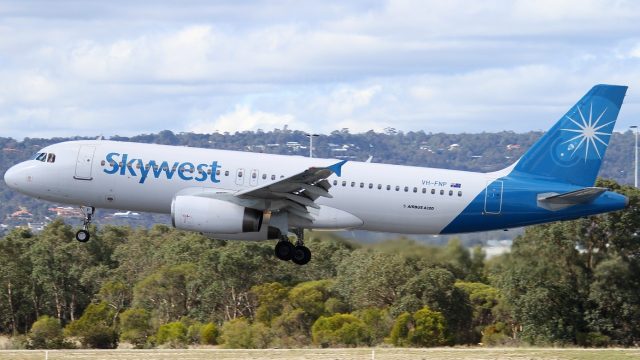New "Essential Air Service" Deals Will Cost Taxpayers Nearly $125k Per Week

New Essential Air Service deals have been announced for Devils Lake and Jamestown to much ballyhoo from North Dakota’s congressional delegation and the media.
“This is an example of the way federal, state, and local officials can work together to deliver results to improve the lives of North Dakotans,” Senators Heitkamp and Hoeven, along with Rep. Kevin Cramer, said in a joint press release. The media is reporting the new contract, but they’re not providing a lot of details about just how much federal taxpayers will be shelling out, and for how little.
Previously those airports had been served by Great Lakes Aviation, but the Department of Transportation has signed an order giving SkyWest the contract going forward. Great Lakes Aviation had put in a bid requiring fewer subsidies, but both communities have complained about the airline’s service and Susan Kurkland, the DOT’s Assistant Secretary for Aviation and Internal Affairs, wrote that the company can’t be trusted to provide reliable service:
Although Great Lakes has submitted a proposal in response to the RFP, the carrier has provided no concrete evidence that its operational problems will be resolved, thereby enabling it to meet the terms of the new contract. We note that for the last several months, the carrier’s completion factor has continued to deteriorate at Devils Lake and Jamestown. Although Great Lakes’ proposal requesting $3,998,951 requires the lowest subsidy of all proposals, and fully meets the communities’ EAS level, we cannot select it because we cannot currently rely on it to provide the service it proposes.
In the past EAS subsidies for Devils Lake and Jamestown have run in the thousands of dollars per flight, and hundreds of dollars per passenger. The previous contract with Great Lakes provided $4,785,122 in subsidies to provide service to both cities. SkyWest is getting quite a bit more, a total of $6,351,481.
Per the DOT’s own number, that breaks down to thousands of dollars per flight. Here’s the number from the DOT order:
Jamestown
Total Subsidy: $3,126,564 for April 1st, 2014 through June 30th, 2016
Service: 11 round trips to Denver per week using a 50-seat regional jet
Per-trip subsidy: $5,578
Weekly subsidy: $61,358
Devils Lake
Total Subsidy: $3,224,917
Service: 11 round trips to Denver per week using a 50-seat regional jet
Per-trip subsidy: $5,754
Weekly subsidy: $63,294
So how many people will actually be using these flights? The DOT estimates that SkyWest will make 2,242 trips to both cities per year (11 flights per week x 52 weeks x 0.98 completion rate), and SkyWest’s proposal estimated 16,000 passengers would be served between the two cities. That works out to about 7 people per flight. The reality will probably be less than that. The average number of passengers on flights out of Devils Lake and Jamestown, from 2006 to 2011, was 6.24 and 3.83 respectively, and while boardings across North Dakota have been growing, things have been stagnant-to-shrinking at these two EAS airports.
According to SkyWest’s proposal, they calculate a $391 per passenger Essential Air federal subsidy for Jamestown and a $403 per passenger subsidy for Devils Lake. In truth, per historical per-flight passenger numbers, the amounts will probably work out to far more than that. Over $800 in subsidies per passenger based on historical boarding numbers.
Keep in mind, too, that the DOT contract requires SkyWest to use a 50-seat regional jet for an estimated 7 passengers per flight, and probably less. Talk about wasteful.
Make you wonder just how really “essential” this all is. I mean, it’s not like the nation is $17 trillion in debt or anything.




